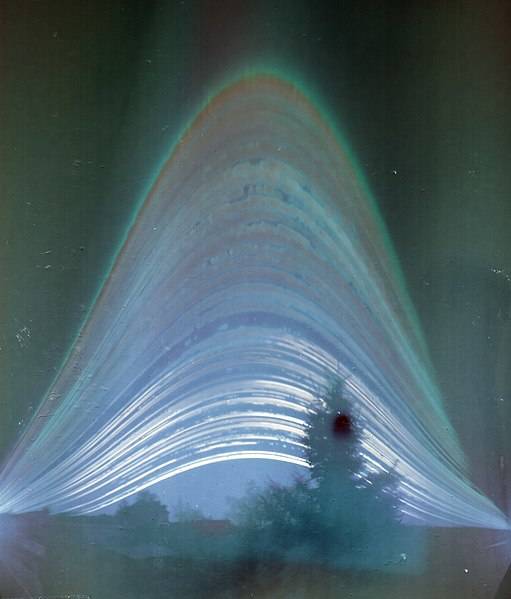When I lived in Darwin, Australia, I noticed that the Sun set in a slightly different direction to the West. In the evenings, I used to sit on a couch and watch TV. There was a huge window to my right and the setting sun would always shine bright into my face. So I moved a single vertical blind to block it out just about right. In the months of October/November I started noticing the sun shining into my eyes again. Neither the couch nor the blind had moved. After moving the blind again to block the sun, in a few months I would have to move the blind again. I was living alone and there is no way the blind or the couch would move.
When I lived in Canberra, Australia, I had the habit of stepping out of my house early in the morning. I would face the sun as soon as I stepped outside because it was too cold and I wanted the warmth of the sun on my eyes/face. I noticed again in October/November that my usual position of facing the sun was wrong. The sun would rise from a slightly different angle. So if earlier the sun was rising at 130 degrees from my door, it would now be rising at 110 degrees. The door faced the southeast, and because of the very narrow path and vegetation from my door I am very certain of my positioning.
I really don't know what this phenomenon is called. When I lived for so many years in other countries, I never noticed this. Am I just being silly or does the Sun rise/set differently every so many months?







